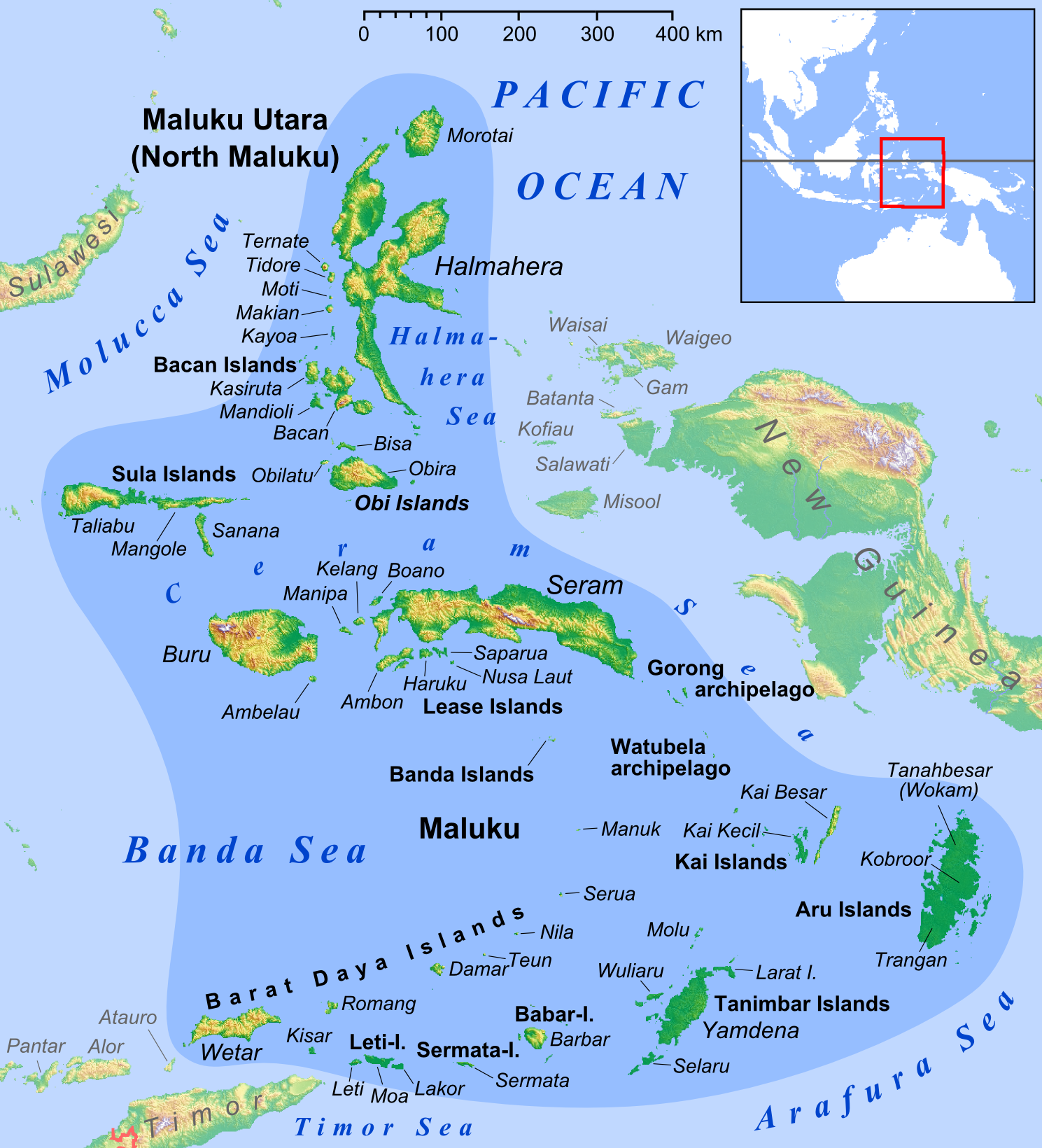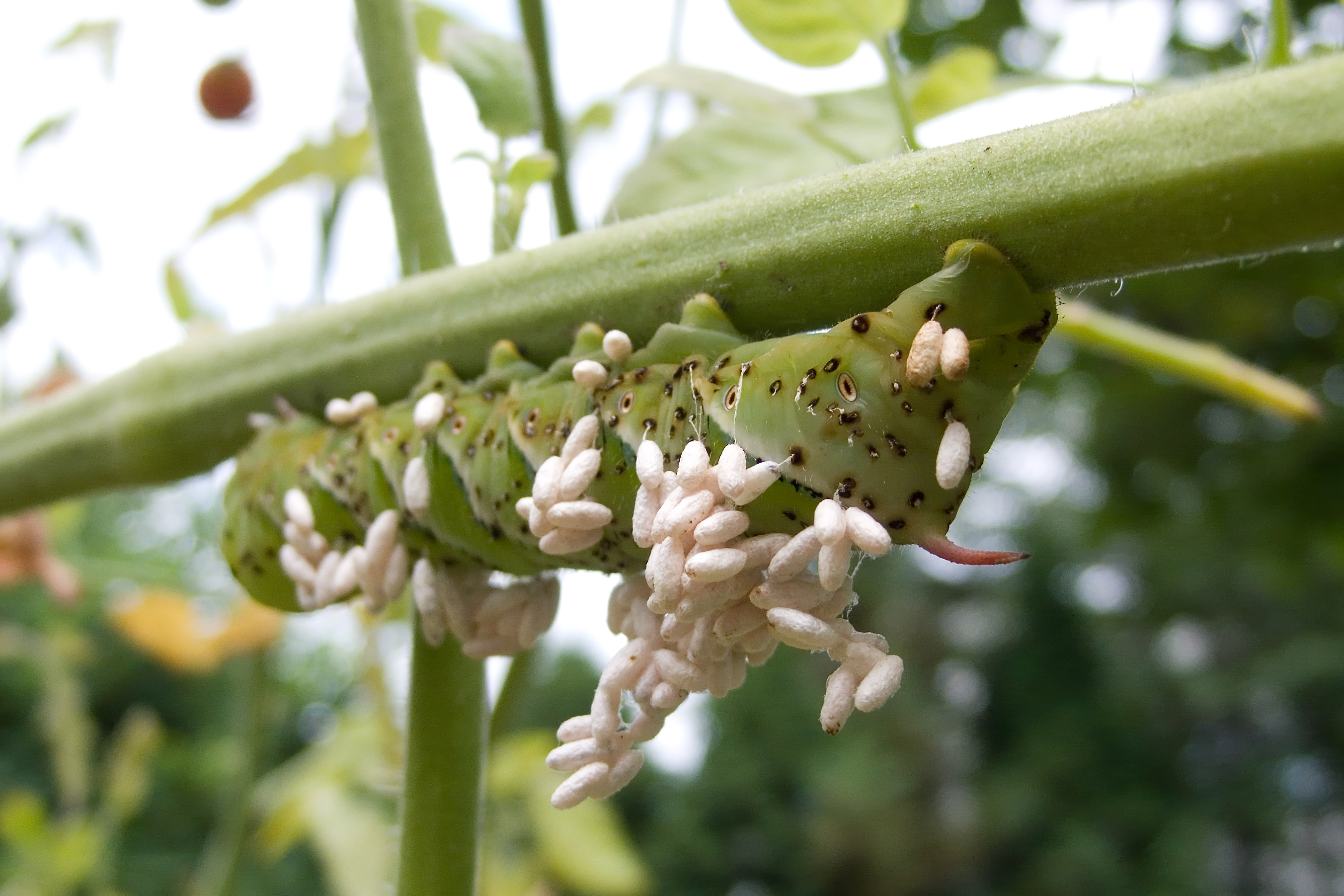|
Tinissa Rigida
''Tinissa rigida'' is a moth of the family Tineidae. It is found from Kai Island to New Guinea and has also been recorded from Kuranda, Queensland Kuranda is a rural town and locality on the Atherton Tableland in the Shire of Mareeba, Queensland, Australia. In the , Kuranda had a population of 3,008 people. It is from Cairns, via the Kuranda Range road. It is surrounded by tropical r ..., Australia. The larvae probably feed on fungi growing on trees in forests. External links Australian Faunal Directory Moths of Australia Scardiinae Moths of New Guinea [...More Info...] [...Related Items...] OR: [Wikipedia] [Google] [Baidu] |
Edward Meyrick
Edward Meyrick (25 November 1854, in Ramsbury – 31 March 1938, at Thornhanger, Marlborough) was an English schoolmaster and amateur entomologist. He was an expert on microlepidoptera and some consider him one of the founders of modern microlepidoptera systematics. Life and work Edward Meyrick came from a Welsh clerical family and was born in Ramsbury on the Kennet to a namesake father. He was educated at Marlborough College and Trinity College, Cambridge. He actively pursued his hobby during his schooling, and one colleague stated in 1872 that Meyrick "has not left a lamp, a paling, or a tree unexamined in which a moth could possibly, at any stage of its existence, lie hid." Meyrick began publishing notes on microlepidopterans in 1875, but when in December, 1877 he gained a post at The King's School, Parramatta, New South Wales, there were greater opportunities for indulging his interest. He stayed in Australia for ten years (from 1877 until the end of 1886) working a ... [...More Info...] [...Related Items...] OR: [Wikipedia] [Google] [Baidu] |
Moth
Moths are a paraphyletic group of insects that includes all members of the order Lepidoptera that are not butterflies, with moths making up the vast majority of the order. There are thought to be approximately 160,000 species of moth, many of which have yet to be described. Most species of moth are nocturnal, but there are also crepuscular and diurnal species. Differences between butterflies and moths While the butterflies form a monophyletic group, the moths, comprising the rest of the Lepidoptera, do not. Many attempts have been made to group the superfamilies of the Lepidoptera into natural groups, most of which fail because one of the two groups is not monophyletic: Microlepidoptera and Macrolepidoptera, Heterocera and Rhopalocera, Jugatae and Frenatae, Monotrysia and Ditrysia.Scoble, MJ 1995. The Lepidoptera: Form, function and diversity. Oxford, UK: Oxford University Press; 404 p. Although the rules for distinguishing moths from butterflies are not well est ... [...More Info...] [...Related Items...] OR: [Wikipedia] [Google] [Baidu] |
Tineidae
Tineidae is a family of moths in the order Lepidoptera described by Pierre André Latreille in 1810. Collectively, they are known as fungus moths or tineid moths. The family contains considerably more than 3,000 species in more than 300 genera. Most of the tineid moths are small or medium-sized, with wings held roofwise over the body when at rest. They are particularly common in the Palaearctic, but many occur elsewhere, and some are found very widely as introduced species. Tineids are unusual among Lepidoptera as the larvae of only a very small number of species feed on living plants, the majority feeding on fungi, lichens, and detritus. The most familiar members of the family are the clothes moths, which have adapted to feeding on stored fabrics and led to their reputation as a household pest. The most widespread of such species are the common clothes moth (''Tineola bisselliella''), the case-bearing clothes moth (''Tinea pellionella''), and the carpet moth (''Trichophaga ... [...More Info...] [...Related Items...] OR: [Wikipedia] [Google] [Baidu] |
Kai Island
The Kai Islands (also Kei Islands) of Indonesia are a group of islands in the southeastern part of the Maluku Islands, located in the province of Maluku. The Moluccas have been known as the Spice Islands due to regionally specific plants such as nutmeg, mace, and cloves that originally intrigued the European nations of the 16th century. Though originally Melanesian, many islanders were exterminated in the 17th century during the spice wars, particularly in the Banda Islands. A second influx of Austronesian immigrants began in the early 20th century under the Dutch and continued in the Indonesian era. Administrative divisions The Kai Islands consist of the two distinct second-tier administrations, both in Maluku Province. The Southeast Maluku Regency (Maluku Tenggara) is sub-divided into eleven administrative districts (''kecamatan''). Though it is geographically in the Kai Islands, the city of Tual forms a separate regency-level administration and is not part of the Sout ... [...More Info...] [...Related Items...] OR: [Wikipedia] [Google] [Baidu] |
New Guinea
New Guinea (; Hiri Motu: ''Niu Gini''; id, Papua, or , historically ) is the world's second-largest island with an area of . Located in Oceania in the southwestern Pacific Ocean, the island is separated from Australia by the wide Torres Strait, though both landmasses lie on the same continental shelf. Numerous smaller islands are located to the west and east. The eastern half of the island is the major land mass of the independent state of Papua New Guinea. The western half, known as Western New Guinea, forms a part of Indonesia and is organized as the provinces of Papua, Central Papua, Highland Papua, South Papua, Southwest Papua, and West Papua. The largest cities on the island are Jayapura (capital of Papua, Indonesia) and Port Moresby (capital of Papua New Guinea). Names The island has been known by various names: The name ''Papua'' was used to refer to parts of the island before contact with the West. Its etymology is unclear; one theory states that ... [...More Info...] [...Related Items...] OR: [Wikipedia] [Google] [Baidu] |
Kuranda, Queensland
Kuranda is a rural town and locality on the Atherton Tableland in the Shire of Mareeba, Queensland, Australia. In the , Kuranda had a population of 3,008 people. It is from Cairns, via the Kuranda Range road. It is surrounded by tropical rainforest and adjacent to the Wet Tropics of Queensland World Heritage listed Barron Gorge National Park. The town of Myola is also located within the locality of Kuranda (). Geography Kuranda is positioned on the eastern edge of the Atherton Tableland where the Barron River begins a steep descent to its coastal floodplain. The area is an important wildlife corridor between the Daintree/ Carbine Tableland area in the north and Lamb Range/Atherton Tableland in the south, two centres of biodiversity. Parts of Kuranda, particularly along its eastern edge, are protected within the Kuranda National Park and Barron Gorge National Park. Both national parks belong to the Wet Tropics World Heritage Area. Barron Gorge Forest Reserve and ... [...More Info...] [...Related Items...] OR: [Wikipedia] [Google] [Baidu] |
Moths Of Australia
Moths are a paraphyletic group of insects that includes all members of the order Lepidoptera that are not butterflies, with moths making up the vast majority of the order. There are thought to be approximately 160,000 species of moth, many of which have yet to be described. Most species of moth are nocturnal, but there are also crepuscular and diurnal species. Differences between butterflies and moths While the butterflies form a monophyletic group, the moths, comprising the rest of the Lepidoptera, do not. Many attempts have been made to group the superfamilies of the Lepidoptera into natural groups, most of which fail because one of the two groups is not monophyletic: Microlepidoptera and Macrolepidoptera, Heterocera and Rhopalocera, Jugatae and Frenatae, Monotrysia and Ditrysia.Scoble, MJ 1995. The Lepidoptera: Form, function and diversity. Oxford, UK: Oxford University Press; 404 p. Although the rules for distinguishing moths from butterflies are not well esta ... [...More Info...] [...Related Items...] OR: [Wikipedia] [Google] [Baidu] |
Scardiinae
The Scardiinae are a subfamily of moth of the family Tineidae. Scardiinae are fungivorous and are characterised by larval features and lack of gnathos.Holloway, Kibby & Peggie, 2001. The families of Malesian Moths and Butterflies, Vol.3. - Fauna Malesiana Handbooks - Brill. Genera * ''Afroscardia'' * ''Amorophaga'' * ''Archyala'' Meyrick, 1889 * '' Bythocrates'' * ''Cnismorectis'' * ''Coniastis'' * ''Cranaodes'' * ''Daviscardia'' * ''Diataga'' * '' Dorata'' * ''Hilaroptera'' Gozmány, 1969 * '' Leptozancla'' Meyrick, 1920 * ''Montescardia'' * '' Morophaga'' Herrich-Schäffer, 1853 * ''Pelecystola ''Pelecystola'' is a genus of moths belonging to the family Tineidae. Species *''Pelecystola decorata'' Meyrick, 1920 *''Pelecystola fraudulentella'' (Zeller, 1852) *''Pelecystola melanchares'' (Meyrick, 1937) *''Pelecystola nearctica'' S. Davis ...'' Meyrick, 1920 * '' Scardia'' * '' Scardiella'' * '' Semeoloncha'' Gozmány, 1968 * '' Tinissa'' Walker, 1864 * '' Trigonarchis'' * ... [...More Info...] [...Related Items...] OR: [Wikipedia] [Google] [Baidu] |
Moths Of New Guinea
Moths are a paraphyletic group of insects that includes all members of the order Lepidoptera that are not butterflies, with moths making up the vast majority of the order. There are thought to be approximately 160,000 species of moth, many of which have yet to be described. Most species of moth are nocturnal, but there are also crepuscular and diurnal species. Differences between butterflies and moths While the butterflies form a monophyletic group, the moths, comprising the rest of the Lepidoptera, do not. Many attempts have been made to group the superfamilies of the Lepidoptera into natural groups, most of which fail because one of the two groups is not monophyletic: Microlepidoptera and Macrolepidoptera, Heterocera and Rhopalocera, Jugatae and Frenatae, Monotrysia and Ditrysia.Scoble, MJ 1995. The Lepidoptera: Form, function and diversity. Oxford, UK: Oxford University Press; 404 p. Although the rules for distinguishing moths from butterflies are not well establish ... [...More Info...] [...Related Items...] OR: [Wikipedia] [Google] [Baidu] |
Moths Of Indonesia
Moths are a paraphyletic group of insects that includes all members of the order Lepidoptera that are not butterflies, with moths making up the vast majority of the order. There are thought to be approximately 160,000 species of moth, many of which have yet to be described. Most species of moth are nocturnal, but there are also crepuscular and diurnal species. Differences between butterflies and moths While the butterflies form a monophyletic group, the moths, comprising the rest of the Lepidoptera, do not. Many attempts have been made to group the superfamilies of the Lepidoptera into natural groups, most of which fail because one of the two groups is not monophyletic: Microlepidoptera and Macrolepidoptera, Heterocera and Rhopalocera, Jugatae and Frenatae, Monotrysia and Ditrysia.Scoble, MJ 1995. The Lepidoptera: Form, function and diversity. Oxford, UK: Oxford University Press; 404 p. Although the rules for distinguishing moths from butterflies are not well est ... [...More Info...] [...Related Items...] OR: [Wikipedia] [Google] [Baidu] |






